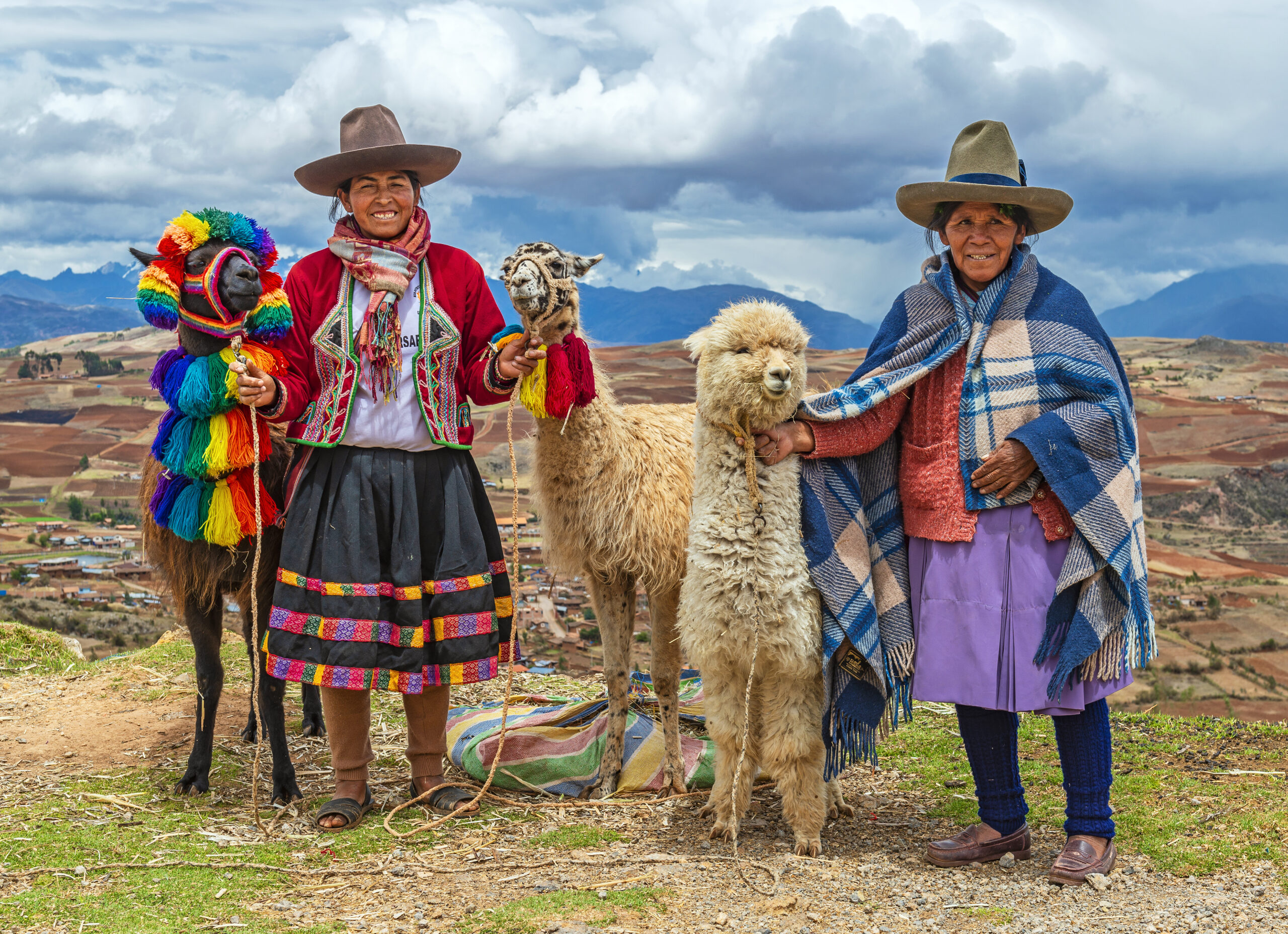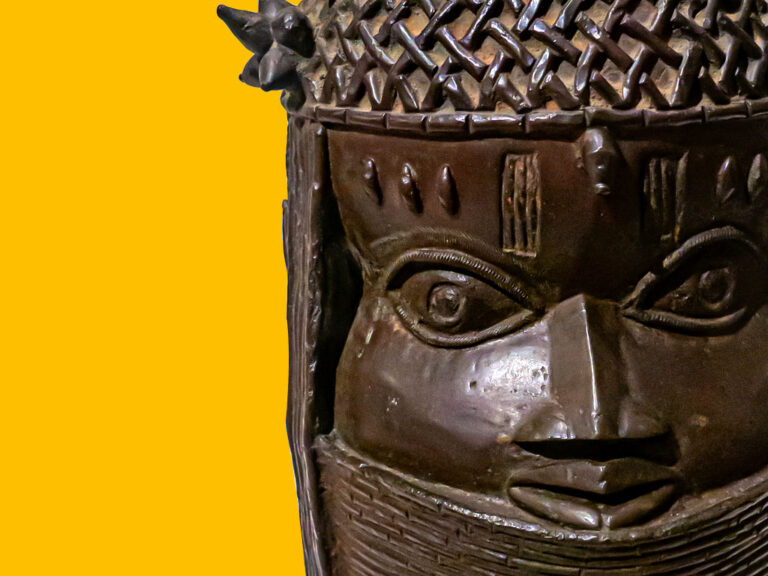Gothenburg, Sweden (TP)
Many of the world’s indigenous peoples still struggle to maintain or gain their legal rights to the territories they live in, a UN report showcases.
The fifth edition of the UN report offers five chapters focusing on specific issues such as analysis of the legislations and agreements regarding indigenous land rights, women’s pivotal role in the traditional indigenous land relationship and finally, how these rights are reflected in the UN 2030 Agenda.
International Funders for Indigenous Peoples, a global donor affinity group dedicated to Indigenous Peoples worldwide, has reported that indigenous peoples live in areas that contain more than 80 per cent of the planet’s biodiversity, and contribute significantly to cultural and environmental diversity.
Anne Nuorgam, Chairperson of the The United Nations Permanent Forum on Indigenous Issues, summarised the sources of land conflicts at the launch event: ‘The sources of conflict are many, from resource extraction, logging, land for renewable energy sources and agribusiness to conflict between indigenous pastoralists, nomadic herders and farmers over shrinking grazing lands due to war, and the effects of climate change as well as the establishment of conservation areas.’
Land is at the heart of the indigenous people’s identity, well-being, culture and preservation of the environment which can be traditional knowledge passed down for generations. This is why it is crucial for the wider society to know the importance of these rights and the indigenous knowledge that comes with them.
Legislative side: declaring or demanding rights to lands
Many states still haven’t recognised indigenous peoples in their constitutions, thus undermining their rights to land. This is the case for example in large parts of Asia and Africa – and even in states where indigenous peoples rights to land are recognised, procedures to use their land, which often is rich with natural resources, leave room for improvement.
‘In countries in which such rights are recognised, they are not fully implemented, or procedures for the implementation of those rights, such as land or resource mapping, demarcation and titling, have often not been completed, suffer significant delays or are shelved,’ the report concludes.
Cathal Doyle, one of the report’s authors, Senior Lecturer and LLM Programme Leader at Middlesex University London School of Law said: ‘Since the colonial era mining and logging have been in the centre of exploitation of the indigenous peoples rights. Brazil and Indonesia are just some examples of this. The scale is visible in numbers: for example in Indonesia, 72% of mining activities are located on indigenous peoples territories.’
‘Since the colonial era mining and logging have been in the centre of exploitation of the indigenous peoples rights. Brazil and Indonesia are just some examples of this. The scale is visible in numbers: for example in Indonesia, 72% of mining activities are located on indigenous peoples territories.’

Cathal Doyle
Senior Lecturer and LLM Programme Leader at Middlesex University London School of Law
The report highlights specific issues in this field, for example how the mining of lithium for batteries is expected to tenfold in the next decade. The need for this “white gold” is triggering a wave of extractive industry encroachment into indigenous territories in South America, where over half of the world’s lithium resources are.
Status of indigenous women and their right to land
The report’s fourth chapter focuses on the status of indigenous women and their rights to lands, territories and resources. Naomi Lanoi, Program Coordinator for Global Indigenous Grantmaking at Global Greengrants Fund and Coordinator for the East Africa Advisory Board, emphasises that indigenous women play a pivotal role as central actors in the traditional relationship indigenous peoples have with the land.
The chapter provides an insight into the central role of indigenous women in the promotion and protection of indigenous peoples’ rights to lands, territories and resources and often the high costs faced by them. Indigenous women are the main custodians of food, water and traditional knowledge from the land, but their legal status related to land rights is often restricted by gender discrimination and poverty-related barriers. Yet simultaneously, Lanoi points out that indigenous women are often on the front lines in defending the land and environment, exposing themselves to violence, abuse and murder.
Multiple solutions
The report presents many suggestions on how to solve the existing problems. In the launch events many of the speakers highlighted collaboration and a proactive approach in ensuring that the indigenous people give prior consent to the land use.
‘The sources of conflict are many, from resource extraction, logging, land for renewable energy sources and agribusiness to conflict between indigenous pastoralists, nomadic herders and farmers over shrinking grazing lands due to war, and the effects of climate change as well as the establishment of conservation areas.’

Anne Nuorgam
Chairperson of the The United Nations Permanent Forum on Indigenous Issues
The report provides a necessary insight into the current challenges that are visible in this highly politicised matter of land and resources. The Declaration on the Rights of Indigenous Peoples, was adopted in 2007 and it included the right to self-determination and rights to lands, territories and resources at its core. Now, a decade later this report helps to address the issue of indigenous lands.
Furthermore, the UN’s 2030 agenda for sustainable development offers a cross-sector approach identifying how indigenous land rights link with general land and resources management, which affects food security, environmental protection and climate change.
The United Nations Permanent Forum on Indigenous Issues is an advisory body to the Economic and Social Council with a mandate to discuss indigenous issues related to economic and social development, culture, the environment, education, health and human rights. At its first session in 2002, the Forum called on the United Nations to produce a report on the state of the world’s indigenous peoples to discuss issues relating to indigenous peoples in the thematic areas within the Forum’s mandate. The first volume, published in 2009, covered the six mandated areas of the Permanent Forum mentioned above. Subsequent volumes have addressed indigenous peoples and health (2013), education (2017) and the implementation of the United Nations Declaration on the Rights of Indigenous Peoples (2019).
(Source)












